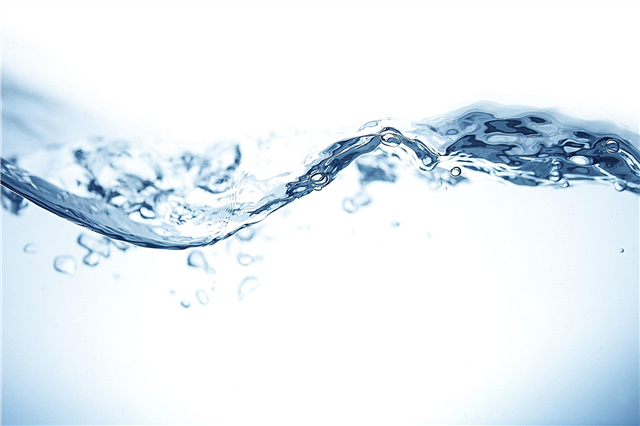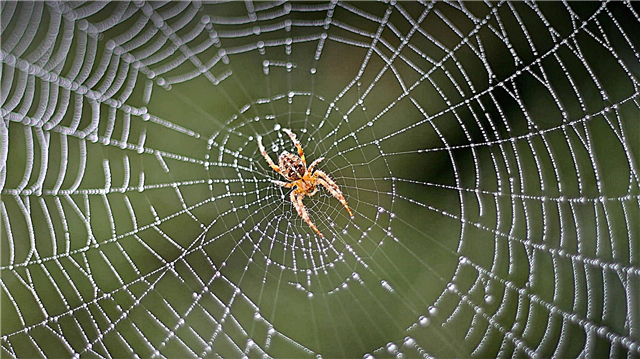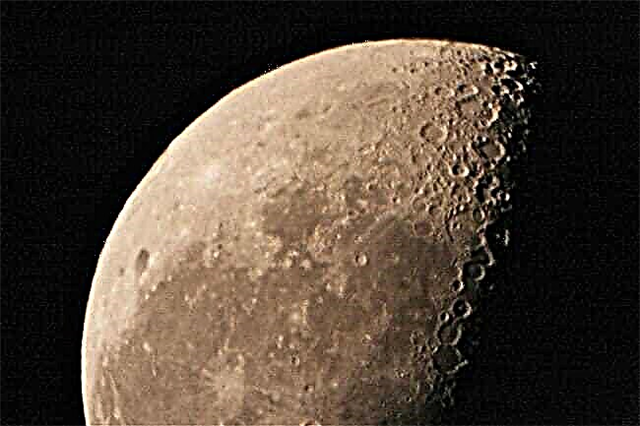
Large areas of the seas and oceans are covered with ice with the onset of cold weather. Ice is formed from salty sea water, but does it have the same properties as that formed from fresh? And will it be as salty?
Sea ice properties
Due to the presence of salt, sea water begins to freeze at a temperature of from -2.3 to -1.8 degrees Celsius. The formed ice is called “nilas” and is more plastic than from fresh liquid. It also has a porous structure that degrades its mechanical properties.
Interesting fact: Sea ice is completely transparent, but it often gets impurities in the form of salt brine, dust and air bubbles, which is why it is worse in transmitting sunlight.
Sea ice has a thermal conductivity that is five times less than that of a liquid. However, in different areas this parameter is different. This is due to porosity and available salt. The more air bubbles and brine left inside the ice, the less its thermal conductivity.

There are areas on the planet where sea ice is present year-round: the Arctic, the northern regions of the Arctic Ocean, the Weddell Sea, Amundsen. In some places on Earth, the surface of the water freezes only during the period of cold weather: the Azov, Baltic, Caspian, and Sea of Okhotsk. There are also territories where there are drifting ice, sailing with the current: the sea of Greenland, the region of the Southern Ocean, where there are icebergs.
Is sea water ice fresh?
In fact, ice from sea water is not fresh, but the level of salt in it is much lower than in the liquid from which it originated. When the temperature drops, the density of water begins to increase. And at a certain moment it freezes. During this process, areas with different salinity are formed inside the liquid.
Those areas where the salt level is higher, gradually flow down. More fresh ones remain at the top and turn into a crust. It can be assumed that the water under the hardening surface literally leaches salt brine from it. In newly formed ice, the amount of salt is approximately three times less than that of sea water and amounts to 3-8 (ranges from 0 to 15) ppm.
Sea ice is not as salty as water. During freezing, the salted brine flows down past the hardened crystals of the fresh liquid. Because of this, the salt content in ice is three times less than in water.












